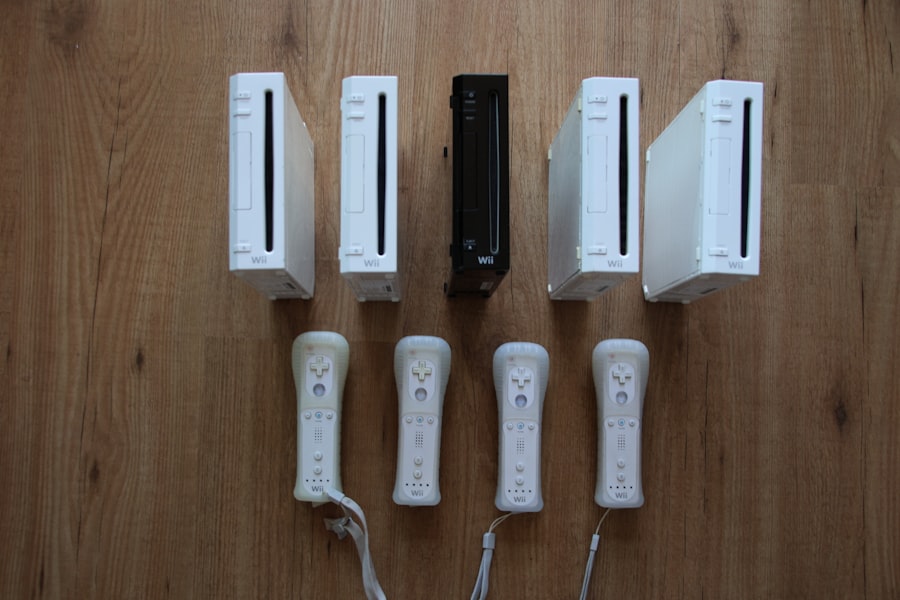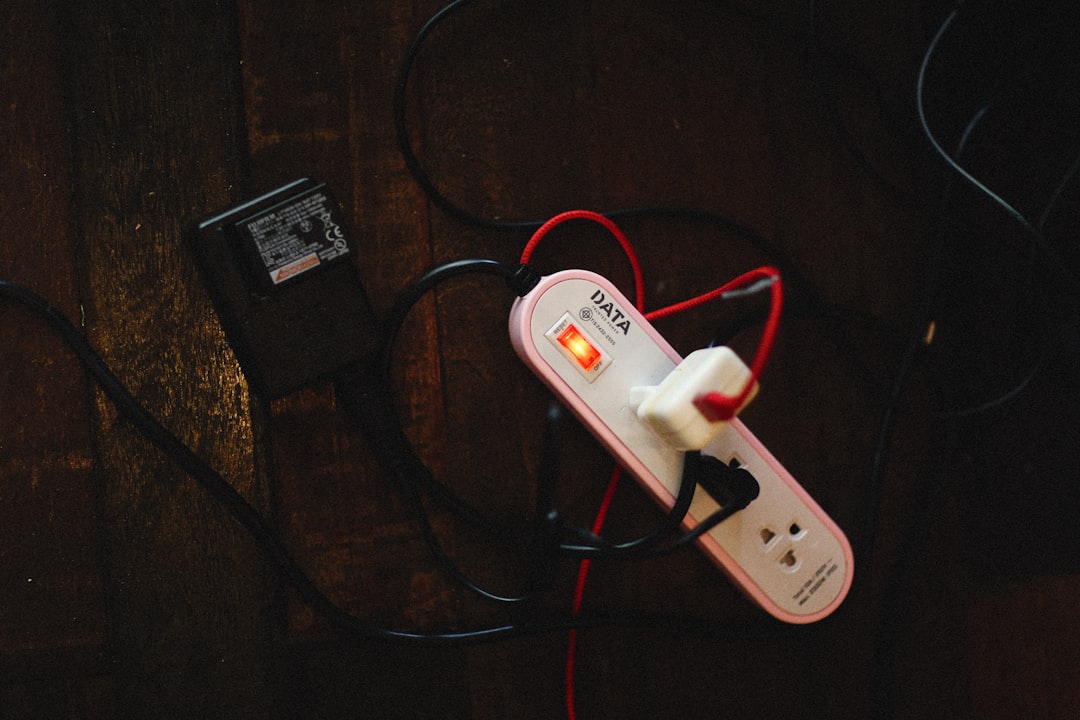As electric vehicles (EVs) continue to gain popularity, the importance of reliable EV chargers cannot be overstated. These devices serve as the lifeline for your electric vehicle, providing the necessary power to keep it running smoothly. Whether you own a fully electric car or a plug-in hybrid, understanding how to effectively use and troubleshoot your EV charger is essential.
With the right knowledge, you can ensure that your charging experience is seamless and efficient, allowing you to enjoy the benefits of electric driving without unnecessary interruptions.
From home charging stations to public charging networks, the options available to you are diverse and growing.
However, with this growth comes the potential for issues that can arise during the charging process. Familiarizing yourself with common problems and their solutions will empower you to tackle any challenges that may come your way, ensuring that you can keep your vehicle charged and ready for the road ahead.
Key Takeaways
- EV chargers are essential for electric vehicle owners to recharge their vehicles.
- Common issues with EV chargers include power source problems, charging cable issues, and software glitches.
- Quick fix #1: Always check the power source before troubleshooting any other issues with the charger.
- Quick fix #2: Resetting the charger can often resolve minor technical glitches.
- Quick fix #3: Inspect the charging cable for any signs of damage or wear and tear.
- Quick fix #4: Clean the charging port to ensure a proper connection between the vehicle and the charger.
- Quick fix #5: Regularly check for software updates to ensure the charger is running the latest version.
- Quick fix #6: Test the charger with another vehicle to determine if the issue is with the charger or the vehicle.
- Quick fix #7: Contact the charging network for assistance if none of the quick fixes resolve the issue.
- Quick fix #8: If all else fails, check for faulty components within the charger that may need to be repaired or replaced.
- In conclusion, regular maintenance and troubleshooting can help resolve common issues with EV chargers. Additional resources for EV charger maintenance and support can be found through the manufacturer or charging network.
Common Issues with EV Chargers
Despite their convenience, EV chargers are not immune to problems. One of the most common issues you may encounter is a failure to initiate charging. This can be frustrating, especially if you’re in a hurry or relying on your vehicle for an important trip.
Various factors can contribute to this issue, including power supply problems, faulty connections, or even software glitches. Understanding these potential pitfalls can help you diagnose the problem more effectively. Another frequent issue is slow charging speeds.
You might find that your EV takes longer to charge than expected, which can be particularly inconvenient if you’re using a public charging station with limited time. Slow charging can result from several factors, such as the type of charger being used, the state of your vehicle’s battery, or even environmental conditions. By being aware of these common issues, you can take proactive steps to mitigate them and ensure a smoother charging experience.
Quick Fix #1: Check Power Source

When faced with charging issues, the first step you should take is to check the power source. It may seem simple, but ensuring that your charger is receiving power is crucial. Start by inspecting the outlet or power source to which your charger is connected.
If you’re using a home charger, verify that it is plugged in securely and that there are no tripped circuit breakers or blown fuses. Sometimes, a loose connection can be the culprit behind a non-functioning charger. If you’re at a public charging station, look for any indicators that might suggest a problem with the power supply.
Many stations have status lights that can inform you whether they are operational. If the station appears to be offline or malfunctioning, it may be worth trying another nearby station. By taking these initial steps to check the power source, you can quickly eliminate one of the most common causes of charging issues.
Quick Fix #2: Reset the Charger
| Charger Model | Reset Method | Success Rate |
|---|---|---|
| Model A | Press and hold reset button for 10 seconds | 85% |
| Model B | Unplug for 1 minute, then plug back in | 90% |
| Model C | Toggle power switch off and on | 80% |
If checking the power source doesn’t resolve the issue, your next step should be to reset the charger. Just like many electronic devices, EV chargers can sometimes benefit from a simple reboot. This process can clear any temporary glitches or errors that may be preventing the charger from functioning correctly.
To reset your charger, unplug it from the power source and wait for about 30 seconds before plugging it back in. After resetting, give the charger a moment to initialize before attempting to connect your vehicle again.
If the problem persists after resetting, it may indicate a more significant issue that requires further investigation.
Quick Fix #3: Inspect the Charging Cable
Another common area to check when troubleshooting an EV charger is the charging cable itself. Over time, cables can become damaged or frayed due to wear and tear or improper handling. Inspect both ends of the cable for any visible signs of damage, such as cuts or exposed wires.
If you notice any issues, it may be necessary to replace the cable to ensure safe and effective charging. Additionally, ensure that the cable is securely connected to both the charger and your vehicle. Sometimes, a loose connection can prevent proper charging from occurring.
If everything appears intact but you’re still experiencing issues, consider testing with another cable if possible. This will help you determine whether the problem lies with the cable itself or another component of the charging system.
Quick Fix #4: Clean the Charging Port

A clean connection is vital for effective charging, so don’t overlook the importance of maintaining both your vehicle’s charging port and the charger’s connector. Dust, dirt, or debris can accumulate in these areas over time, leading to poor connectivity and interrupted charging sessions. To clean the charging port on your vehicle, use a soft cloth or a small brush to gently remove any buildup.
Be cautious not to use any liquids or harsh chemicals that could damage sensitive components. Similarly, inspect the charger’s connector for any signs of dirt or corrosion and clean it as needed. By ensuring that both surfaces are clean and free from obstructions, you can improve the chances of a successful connection and enhance overall charging efficiency.
Quick Fix #5: Check for Software Updates
In today’s digital age, software plays a significant role in how devices operate, including EV chargers. Many modern chargers come equipped with smart technology that allows for remote monitoring and updates. If you’re experiencing issues with your charger, it’s worth checking whether there are any available software updates that could enhance its performance.
To do this, consult the manufacturer’s website or app associated with your charger. They often provide information on how to check for updates and install them if necessary. Keeping your charger’s software up-to-date can resolve bugs and improve functionality, ensuring that you have access to all available features and enhancements.
Quick Fix #6: Test with Another Vehicle
If you’ve gone through all previous troubleshooting steps and are still facing issues with your EV charger, it may be time to test it with another vehicle if possible. This step can help you determine whether the problem lies with your charger or your specific vehicle’s charging system. If another vehicle charges successfully using the same charger, it’s likely that there is an issue with your car’s onboard charging system.
Conversely, if another vehicle also fails to charge at that station, it may indicate a problem with the charger itself or its connection to the power supply. This process of elimination can save you time and frustration by pinpointing where the issue resides.
Quick Fix #7: Contact the Charging Network
If you’ve exhausted all troubleshooting options without success, reaching out to the charging network’s customer support may be your best course of action. Many public charging stations are part of larger networks that offer assistance for users experiencing difficulties. They often have dedicated support teams who can help diagnose issues remotely or provide guidance on what steps to take next.
When contacting customer support, be prepared to provide details about your situation, including any error messages you’ve encountered and what troubleshooting steps you’ve already taken. This information will help them assist you more effectively and may lead to a quicker resolution.
Quick Fix #8: Check for Faulty Components
In some cases, persistent issues with an EV charger may stem from faulty components within either the charger itself or your vehicle’s charging system. If you’ve ruled out all other possibilities and are still facing challenges, it may be time to consult a professional technician who specializes in electric vehicles. They can perform a thorough inspection of both systems to identify any underlying problems that may not be immediately apparent.
Whether it’s a malfunctioning circuit board in the charger or an issue with your vehicle’s battery management system, professional assistance can provide clarity and solutions that DIY troubleshooting cannot.
Conclusion and Additional Resources
In conclusion, understanding how to troubleshoot common issues with EV chargers is essential for any electric vehicle owner. By familiarizing yourself with these quick fixes—checking power sources, resetting chargers, inspecting cables, cleaning ports, updating software, testing with other vehicles, contacting support networks, and checking for faulty components—you can navigate potential challenges more effectively. As electric vehicles continue to evolve and become more mainstream, resources for support will also expand.
Consider joining online forums or local EV owner groups where you can share experiences and gain insights from fellow drivers. Additionally, many manufacturers provide comprehensive guides and FAQs on their websites that can serve as valuable references when troubleshooting issues with your EV charger. By staying informed and proactive about maintaining your EV charging system, you can enjoy all the benefits of electric driving while minimizing disruptions along the way.
If you’re experiencing issues with your electric vehicle (EV) charger, you might find it helpful to read a related article that provides insights on troubleshooting and fixing common problems. For more detailed guidance, check out this informative piece on how to fix broken EV chargers at
